What’s the trouble on Haleakala?
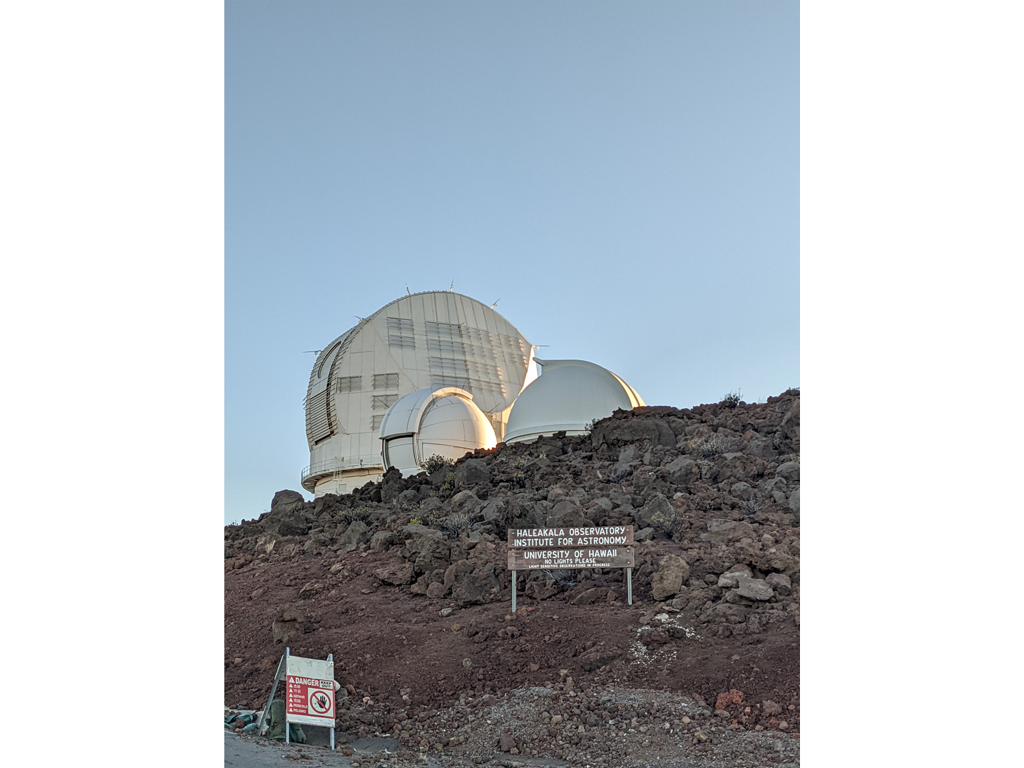
The road to the summit of Maui’s Haleakala Mountain has 32 switchbacks.
When Eliot Gillum, Director of LaserSETI, picked me up at the Maui airport, he jokingly asked me if I got car sick, and I laughed him off. But the ride up Maui’s tallest mountain is not to be taken lightly. It’s a gorgeous meander filled with blind turns and steep drop-offs. Gaggles of bikers laugh as they stream down the road, unbothered by the cars alongside them, and a few of the more serious athletes huff and puff their way up the 22-mile incline.
Eliot and I are making this trek from sea level to the 10,000-foot summit in a car with LaserSETI cameras in the trunk. LaserSETI is the first all-sky, all-the-time optical SETI project, which focuses on detecting laser pulses from outside the solar system. Distant advanced civilizations could use lasers for communication and spacecraft propulsion.
Last August, Eliot installed two LaserSETI instruments on the top of Haleakala. But by December, the science cameras had started going offline one by one. Each LaserSETI instrument consists of two wide-field, high-sensitivity cameras to capture images of the night sky, and when one of them goes out, observing is severely compromised. If you lose both, you’re out of business entirely. Fortunately, we’d come equipped with four replacements—two for each instrument—and swapping the malfunctioning cameras out for new ones is a quick process.
When we reach the top of the mountain, the visitor’s center is overflowing with people who have made the hike to watch the sunset. The sun is already dipping close to the horizon and shining orange against the clouds several thousand feet below. It’s beautiful, but we are running out of daylight for the camera swap.
Once we park the car, Eliot and I carry the equipment a few hundred more feet to the LaserSETI instruments, which rest on top of the “Air Glow” building. It’s a small structure made of cement and volcanic stone that holds equipment for several other instruments that share the roof with LaserSETI.
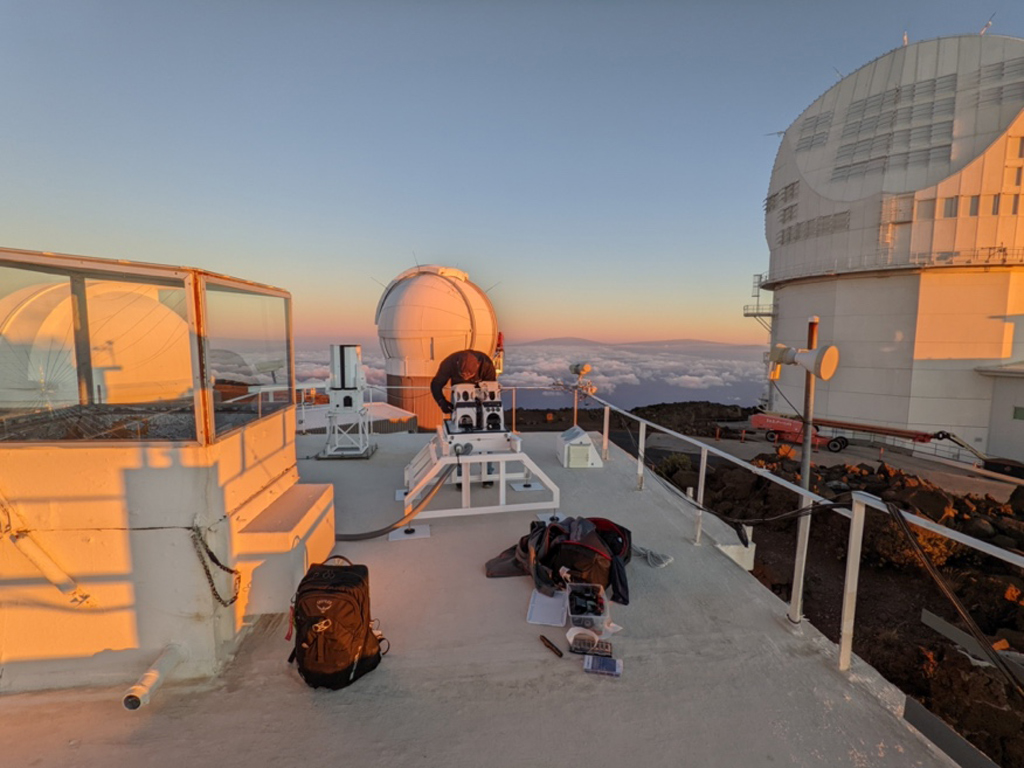
Since we’re so high up in the atmosphere, we put our coats on over our Aloha shirts before we get to work. Well, Eliot does most of the work. He opens the protective steel cover on top of the first instrument and disconnects the current cameras’ power supplies. Inside, we extract the components over each camera then delicately exchange the old ones for the new ones Eliot tested in his workshop back in California.
The sun has dipped below the horizon by the time we finish, and my fingers are pretty blue. Still, it will be another half an hour or so before it’s dark enough to test the cameras.
Turns out we don’t need that long.
Retreating inside the building into a spartan “Blast Room,” Eliot connects to the instrument’s computer. And it’s not detecting the cameras. Nothing has changed after the camera swap. And the two new cameras we just installed worked perfectly in California.
Eliot stares at his computer. I stare at the wall. Could something have happened to the cameras in transit? The box looked fine when we picked it up. Eliot heads back to the roof with his flashlight but finds nothing that could be causing the problem.
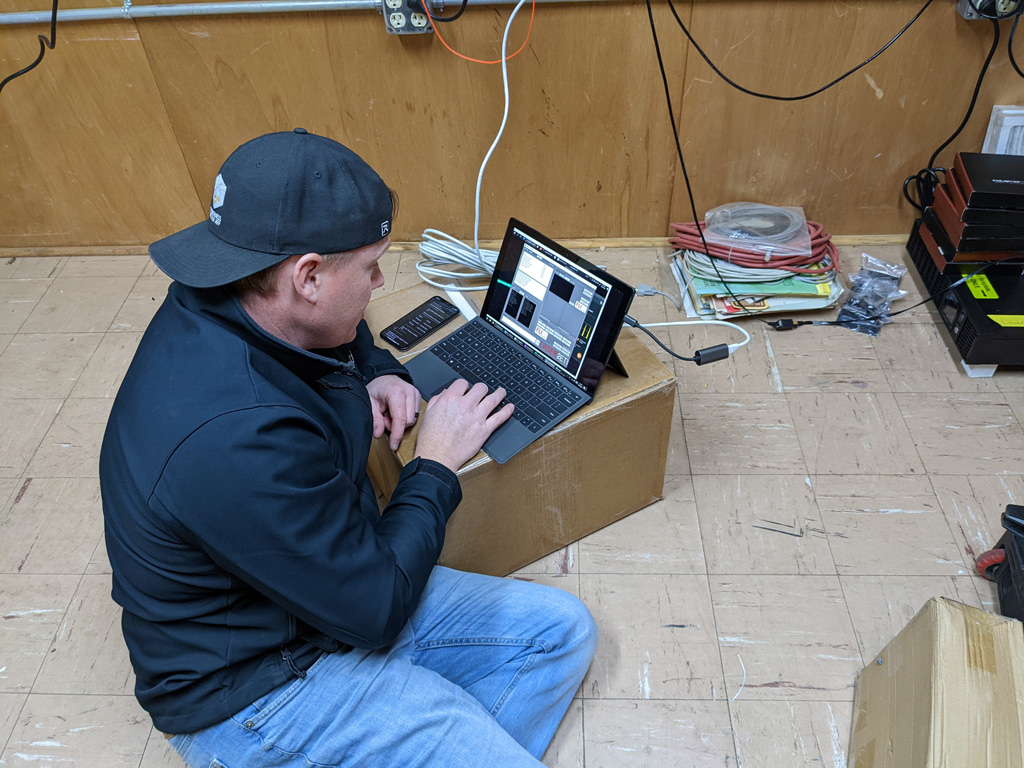
It wasn’t the cameras causing the instrument malfunctions after all.
The Raspberry Pi and PC are working, so power is flowing within the instrument. Our best guess is that there’s something wrong with the relays—electrically controlled switches that stream power to individual components within the instrument.
Whatever it is, we can’t figure it out right now. It’s dark and cold, making it hard to investigate and risks accidentally causing a new problem while fumbling around within the tight space. So, we close shop to get a good night’s sleep.
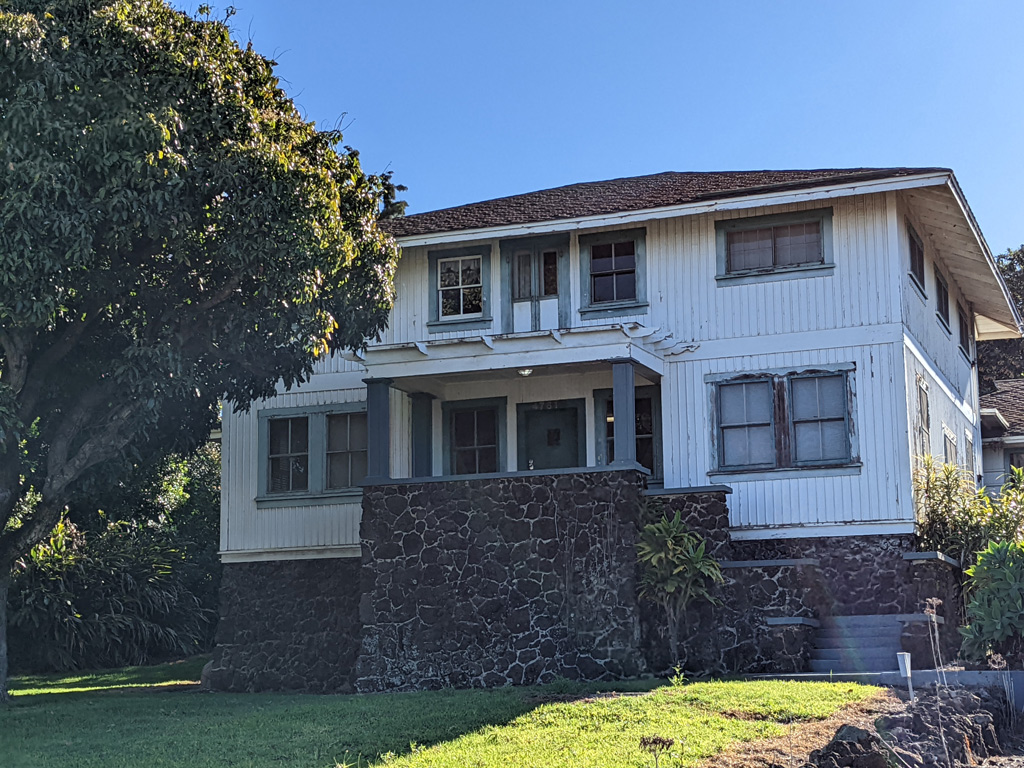
We head back to the car and down the perilous mountain road to the farmhouse, a historical building and base for many scientists at the University of Hawaii’s Institute for Astronomy. Our colleagues at IfA graciously allowed us to bunk at the house, where the Institute used to conduct classes and research.
Early the following day, fueled by iced coffee and the intrigue of our scientific mystery, we head to the Home Depot in Maui’s biggest city, Kahului, for a multimeter. This tool will measure the electricity in different instrument parts to find the issue.
We hit the road with a multimeter and our second round of coffee. It’s a gorgeous day on Maui, so the road is filled with bicyclists and runners. We even spot a few Nene, the Hawaiian goose, as we make our ascent.
We return to the Blast Room to drop off our gear and put on sunscreen before heading to the roof. Eliot gets to work testing the relays. These relays, a sort middleman, were added to enable the team to restart individual components remotely without shutting the entire instrument down.
Eliot tests the first connection, which sends power to the Raspberry Pi. There’s enough voltage going into the relay and enough coming out. So that’s not the issue.
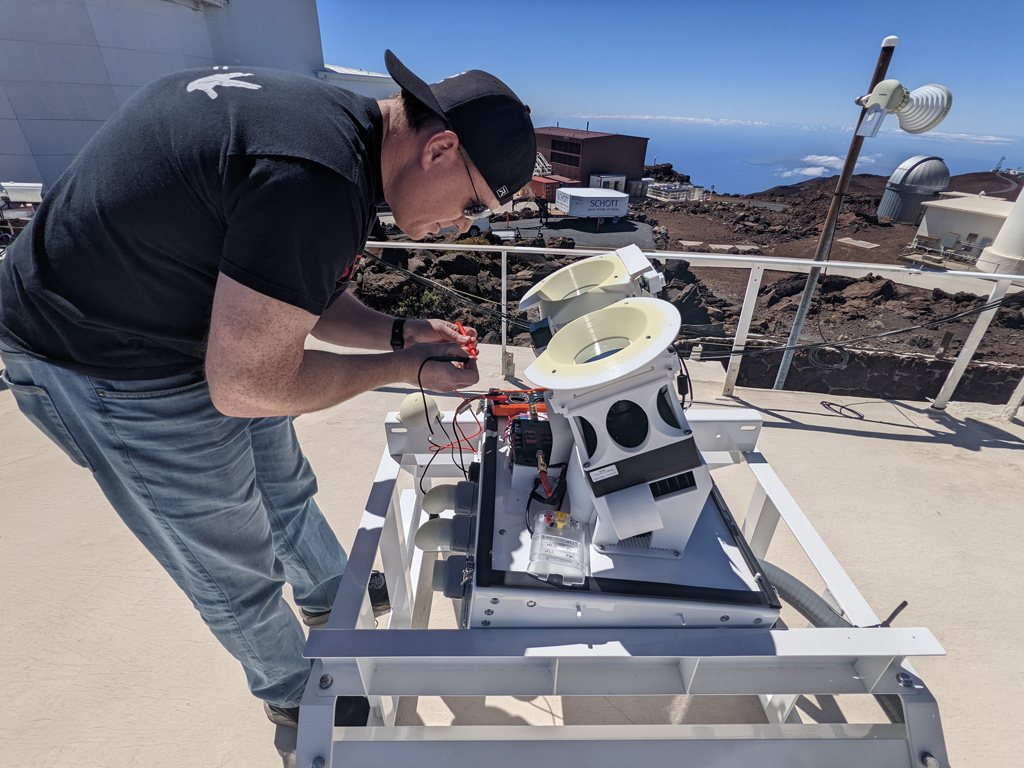
The second connection, which supplies power to the hard drive, is also good.
Then we get to the connection to the camera. Power goes into the relay, but the terminal leading out and into the camera shows virtually no voltage.
We’ve found our problem. We still don’t know why, but we now have proof that the relays have died, and that’s why the cameras turned off—they don’t have any power. Eliot is surprised since he saw some errors from the cameras that he’s never seen from their siblings in California. But the evidence is undeniable that the issue rests with the relays.
Eliot brought one spare relay board, but since this problem also occurred on the other instrument a few feet away, there was probably something wrong with this batch of relays from the manufacturer. At this point, it’s best to remove the relays from both instruments.
Armed with a screwdriver and pliers, Eliot disconnects the appropriate wire from the relay and connects it directly to the camera. He reinstalls the fuse, and we hear them power up. When we return to his computer, the cameras are ready to snap pictures. Voila!
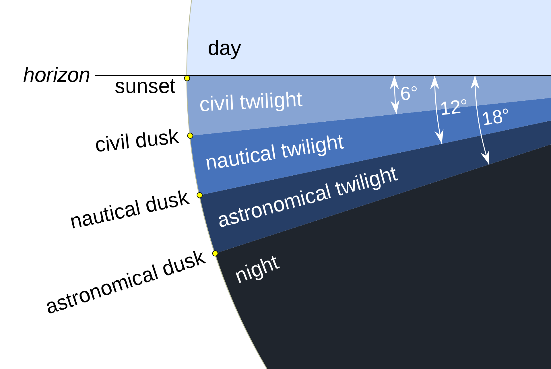
It’s now late afternoon, but there’s plenty of light left in the day to bypass the relay on the other instrument. Once that’s complete and the cameras in that setup are online, we retreat to the Blast Room to wait for astronomical twilight. Astronomical Twilight is when the sun is 12 degrees below the horizon, meaning there’s not much daylight bouncing around in the atmosphere, and scientists can begin observing faint, faraway space objects.
We’re waiting for this moment because we need to ensure the cameras in the first instrument, which we changed out last night, are focused. We aren’t concerned about the other instrument since we disconnected the relay and didn’t touch the cameras.
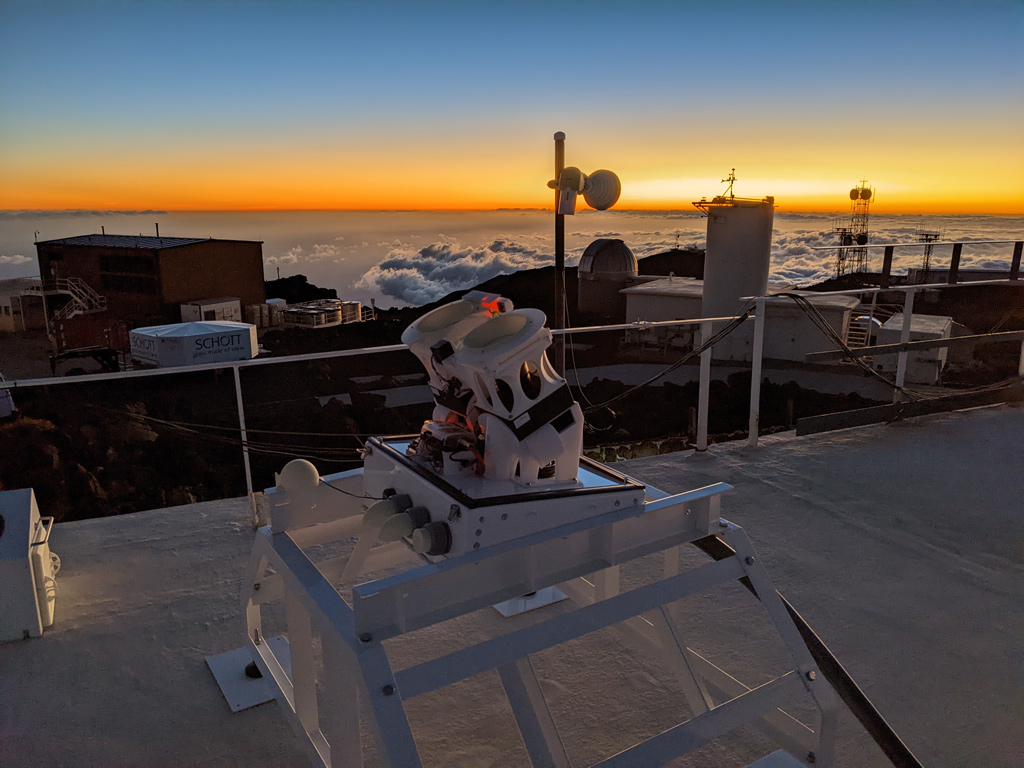
At 7:33 p.m., it’s go time. Eliot connects to the LaserSETI console and snaps a picture with the instrument with the new cameras. It takes about a minute for the images to load. Both cameras captured an image of a grey background with a speckling of white dots. The cameras happen to be perfectly focused already—a stroke of luck.
Since both instruments are in focus and actively recording the night sky, job well done! We pack up, take a moment to enjoy all the stars twinkling in the darkness, then head back to the car.
The LaserSETI team uses a design Eliot created in collaboration with many SETI Institute scientists to construct each LaserSETI instrument. But every time a problem crops up, it’s a brand-new challenge. But each bump in the road is a lesson the team will apply to new instruments as they’re built and deployed.
There are currently LaserSETI instruments on Haleakala in Maui and at the Robert Ferguson Observatory near Kenwood, California. The team has already begun work on the next ten instruments to place in other locations around the world. When these are up and running, LaserSETI will monitor the nighttime sky in roughly half of the western hemisphere and bring us closer to understanding whether another intelligent life in the universe exists.





